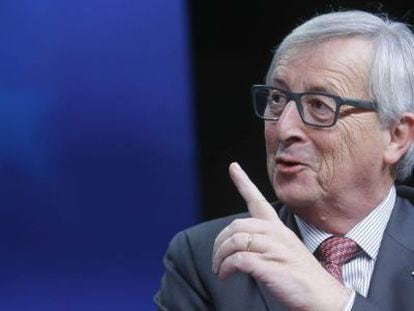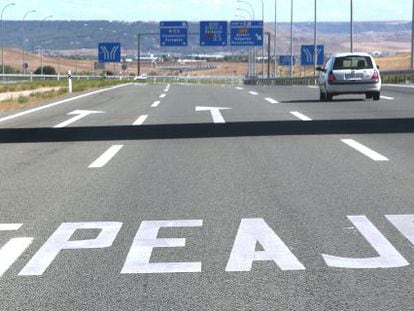Spain and Portugal, EU nations with lowest public investment
Spanish government agencies spent 1.9% of GDP in 2016 compared to 5.1% in 2009

Public investment in Spain fell to 1.9% of gross domestic product (GDP) in 2016, the lowest level since 1995. Prior to that date, records are not homogeneous, although experts believe that the level of state investment has probably not been this low since the 1980s.

According to Eurostat, the European Union’s statistical bureau, only Portugal registered lower public investment than Spain, coming in at 1.5% of GDP. Ireland tied with Spain at 1,9%, significantly below the EU average of 2.7%. Even bailed-out countries like Greece and Cyprus invested more of their own output.
In gross terms, investment by Spanish government agencies declined from €26.97 billion in 2015 to €21.55 billion in 2016, in items ranging from infrastructure to R&D, defense and healthcare.
The budget plan that Spain has sent to Brussels puts public investment at 2% of GDP
Government spending on roads has gone down to 1980s levels. Even the Davos Economic Forum has warned Spain about the deterioration of its infrastructure.
As for defense, because a purchase does not count as an expenditure until the item is delivered, there are cases of equipment deliberately left inside the provider’s premises to avoid counting it as an expense.
And in R&D, grants have slowly morphed into loans – except that universities and research centers are not ready to work on credit, meaning that 40% of the money that the state earmarks for research is not being used.

It comes as no surprise that the economic adjustments made in Spain in the wake of the crisis should have affected public investment most particularly. It is easier to freeze public outlays than it is to make cuts elsewhere and investment cuts are generic, as opposed to cutting individuals and families off from social benefits.
By comparison, public investment was 5.1% of GDP in 2009, or €55.13 billion. Ever since the crisis began, the figure has been falling, with the exception of 2015, when it rose because of existing defense spending commitments and because Eurostat forced the Spanish government to categorize certain investments as public-private.
The 2017 budget plan that Spain sent to Brussels puts investment at 2% of GDP. Experts are warning that this is not enough to maintain existing infrastructure in good condition. Last month, Public Works Minister Iñigo de la Serna said that the appropriations for his department are “realistic” and enough to cover all major works scheduled for 2017.
English version by Susana Urra.












































